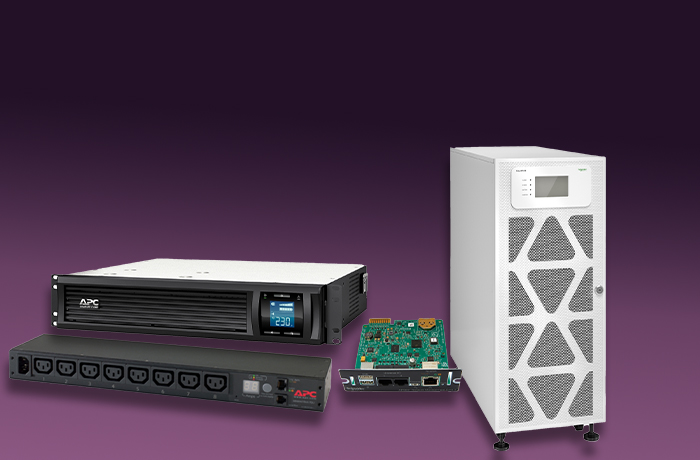Voltage drop, high voltage surge, electromagnetic interference, power harmonic interference, power grid power outage Although these obscure and difficult professional terms may seem far away from us, in today’s highly energy constrained world, we actually face such problems every day. Despite the significant progress in the functionality of contemporary personal computers, a momentary power outage is still enough to cause data loss, and even more dangerous is the loss of previously written files, or even the entire hard drive. If the computer encounters a power problem while saving files, this situation can occur, and network file servers that continuously write files to the disk are particularly vulnerable. The advent of the electronic age has provided us with efficient work efficiency, but unfortunately, while enjoying this efficiency, we have to constantly face the reality that mains power cannot provide the clean, stable, and uninterrupted power needed by sensitive electronic devices. A survey conducted by an authoritative department shows that a computer is subjected to more than 120 power problems per month. The impact of power issues ranges from minor keyboard lockdowns and hardware degradation to dramatic total data loss or motherboard burnout. Fortunately, with the emergence of uninterruptible power supply (UPS), it can provide us with a comprehensive power protection solution from personal computers to data centers. We hope to minimize the losses caused by power issues.
The role of UPS
First, let’s take a look at what UPS is. In fact, UPS is the abbreviation for Uninterrupted Power Supply System in English, which translates to uninterruptible power supply system in Chinese. Simply put, UPS is a constant voltage, constant frequency uninterruptible power supply that contains energy storage devices and an inverter as the main component. When the mains power is normal, UPS stabilizes the mains power or stabilizes the voltage and frequency before supplying it to the load, while charging the internal battery. When the mains power is interrupted (or abnormal), UPS immediately uses the battery as a power source to continue supplying power to the load through inverter conversion within 4-10 milliseconds or “zero” interruption time, so as to maintain the normal operation of the load, save data, and protect the software and hardware of the load from damage. From here, we can also see that the main functions of UPS are as follows:
1. In the event of a power outage, it is possible to use its own battery to convert DC power into 220V AC power through an inverter circuit to supply power to computers and network systems, ensuring their normal operation.
2. It has a certain stabilizing effect on the mains power, which can stabilize the voltage when the grid voltage fluctuates, and control the supply voltage fluctuation of the load within the allowable range.
3. It can effectively suppress power harmonic interference, voltage transient drop, high voltage surge, voltage waveform distortion, electromagnetic interference and other power pollution in the power grid, provide stable voltage and pure waveform power supply for computers and other equipment, and ensure the normal operation of computer and network systems and data communication without interference.
4. Avoid lightning strikes and automatically save files. Some UPS hosts are integrated with surge protection interfaces, which can to some extent prevent the surge current generated by lightning from causing excessive impact on electronic devices. In addition, through collaborative work with supporting software, the CPU controlled UPS can automatically shut down the server in sequence before its battery is depleted, avoiding the occurrence of unexpected downtime events.


